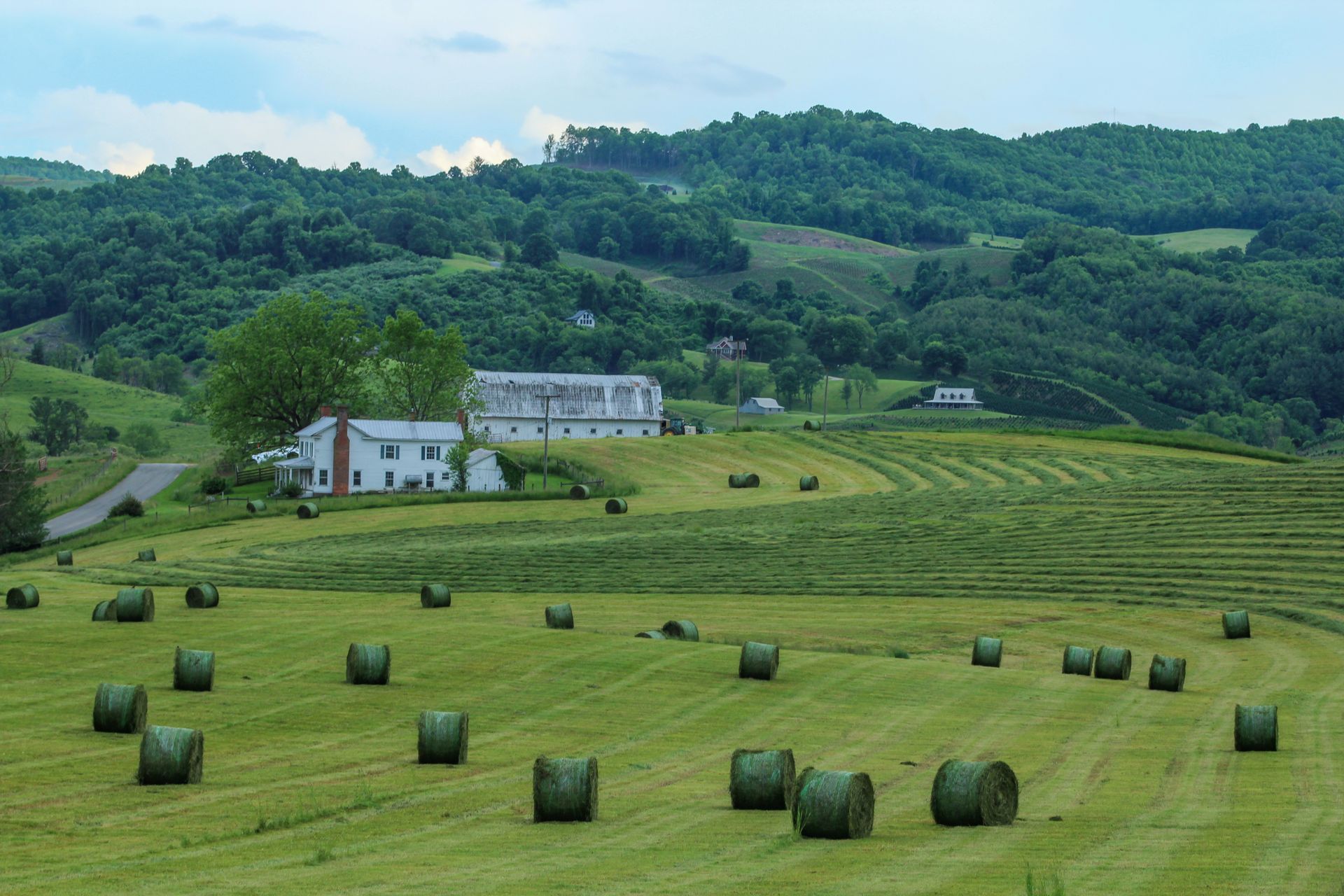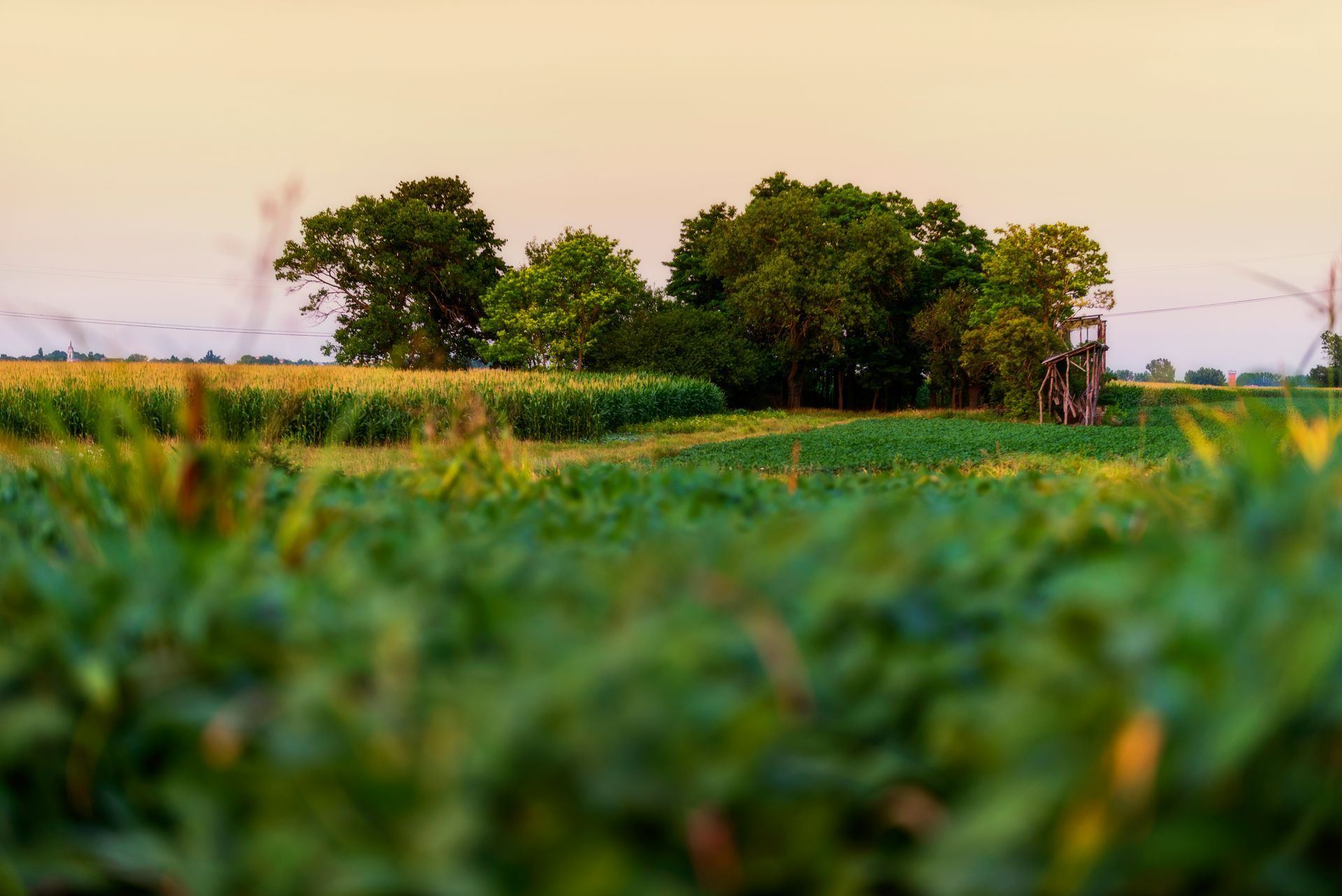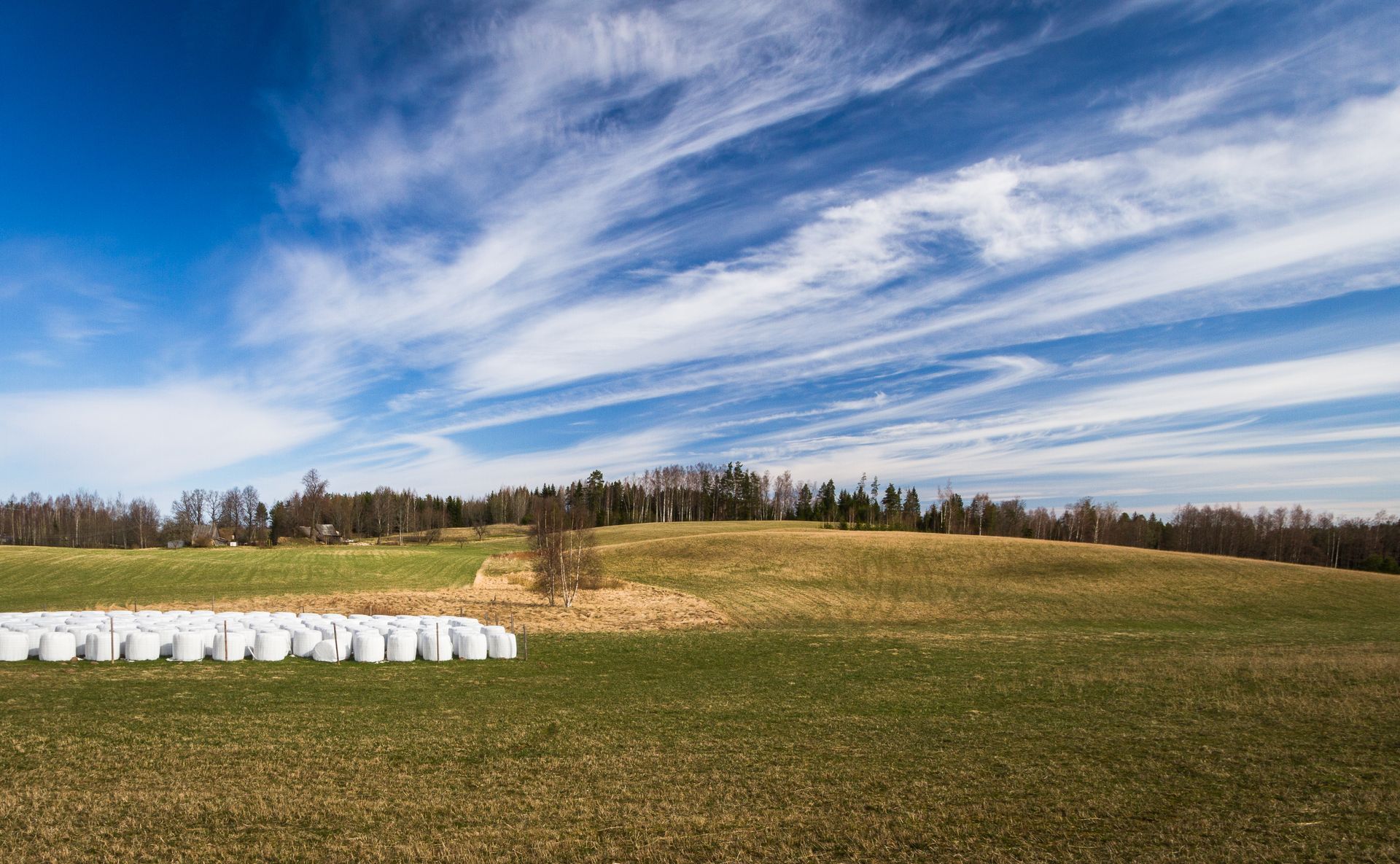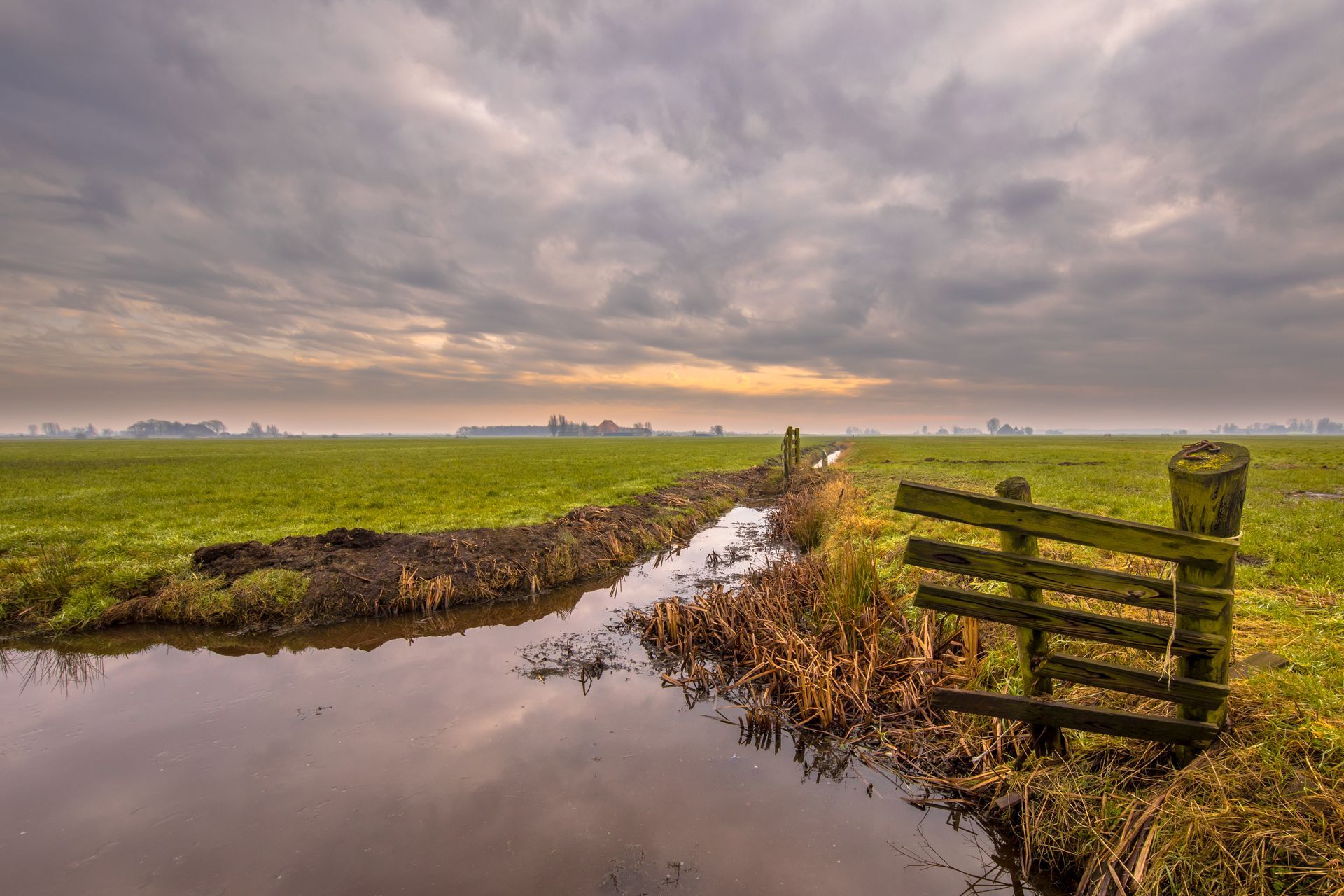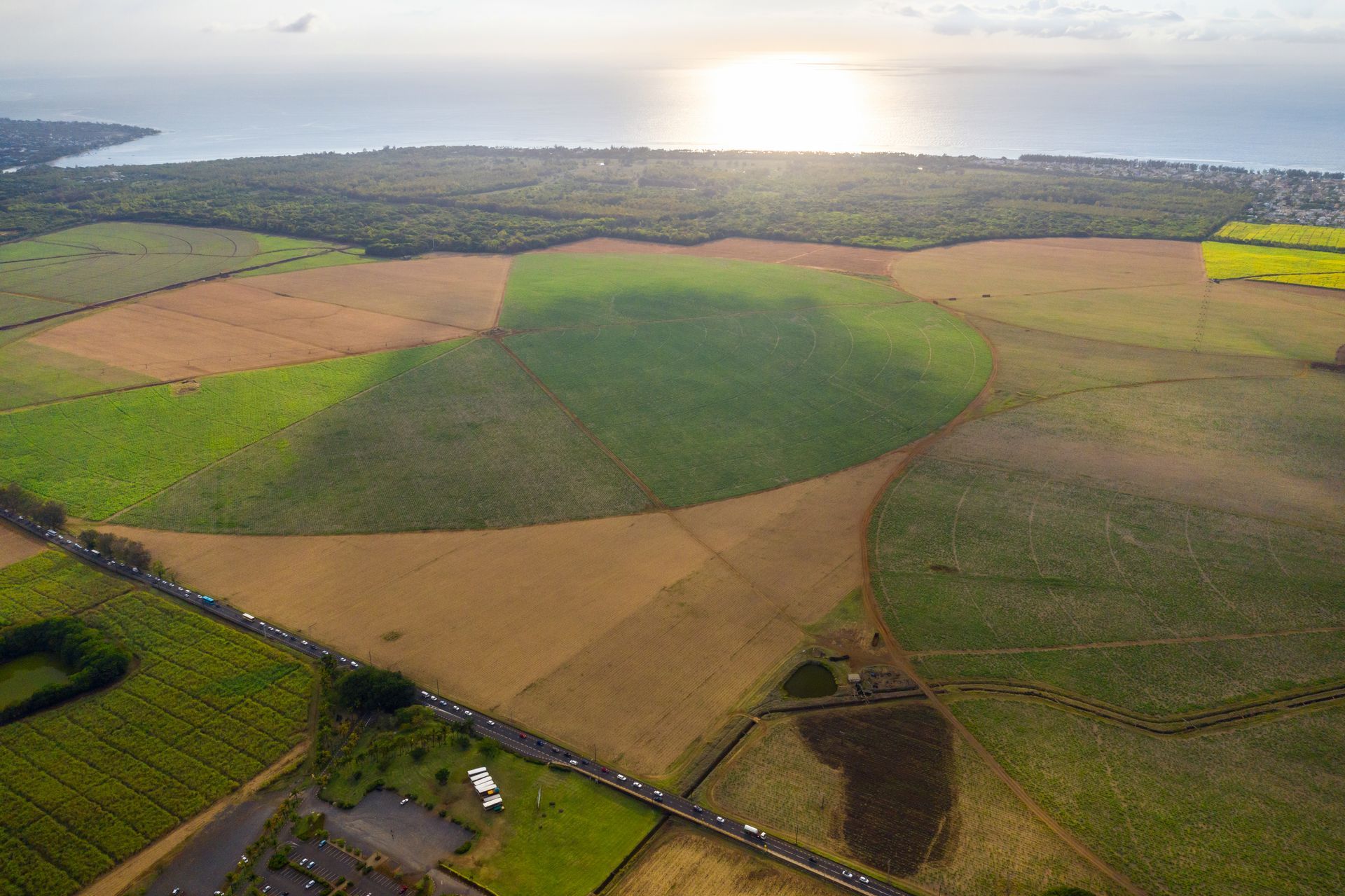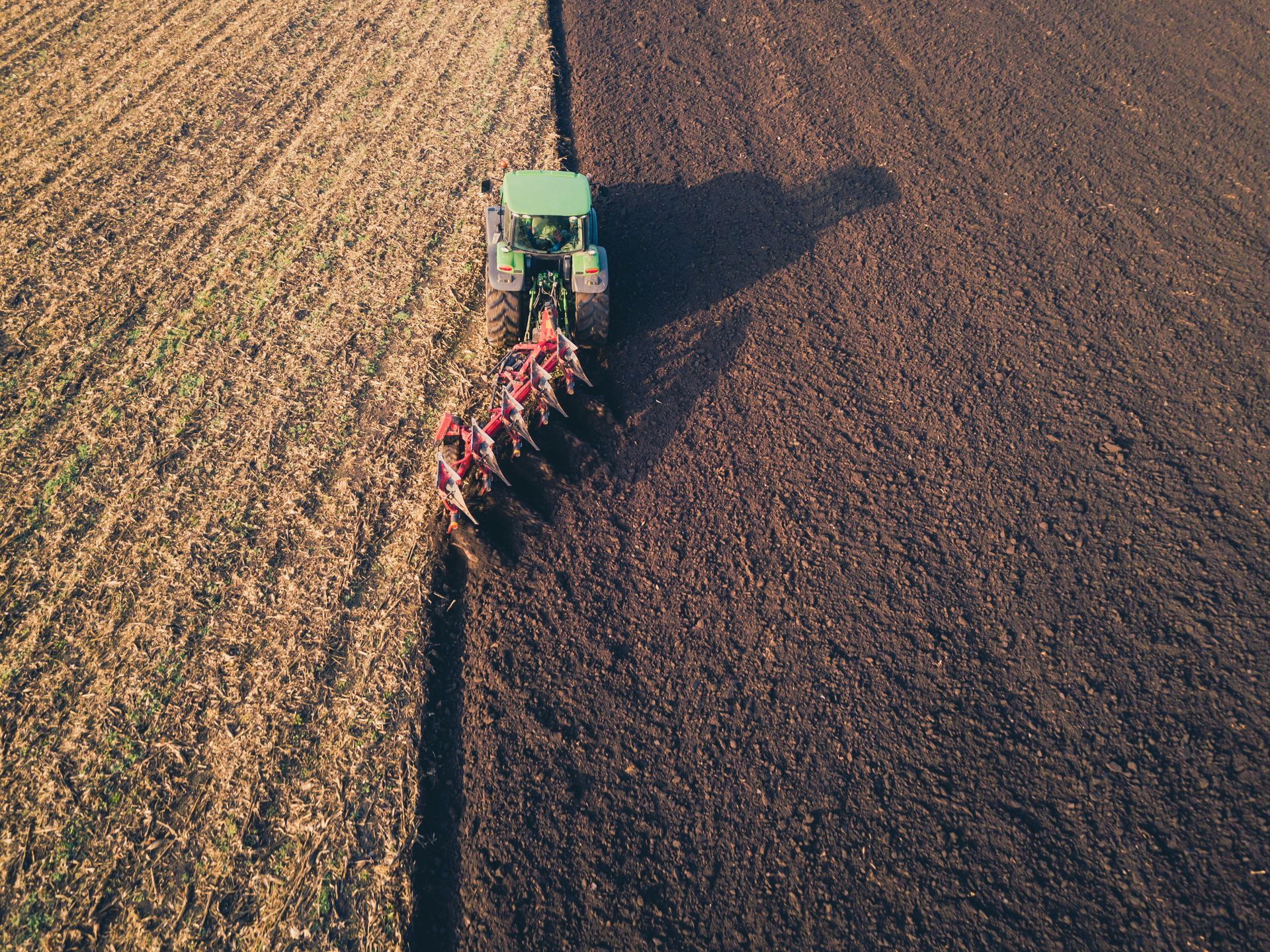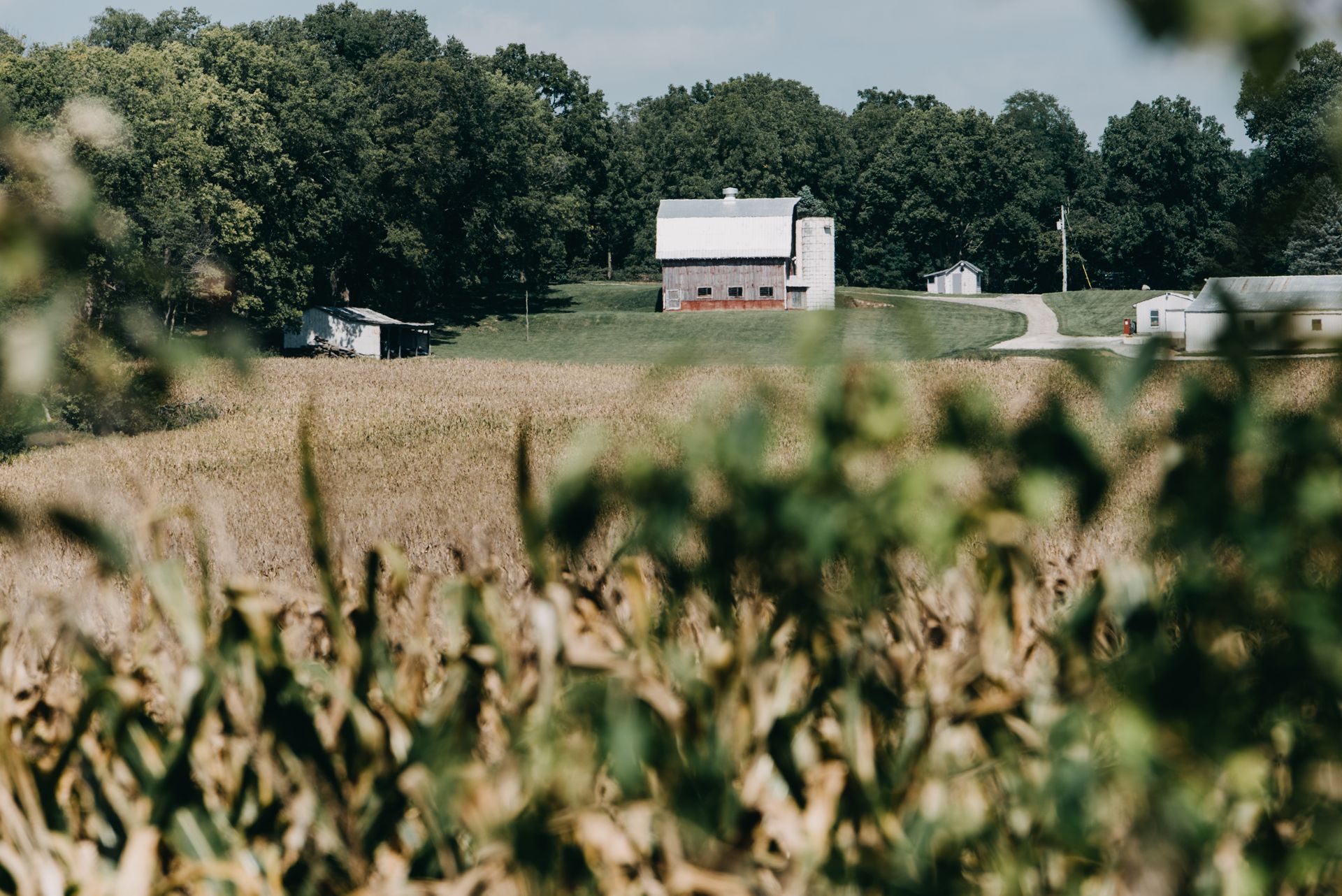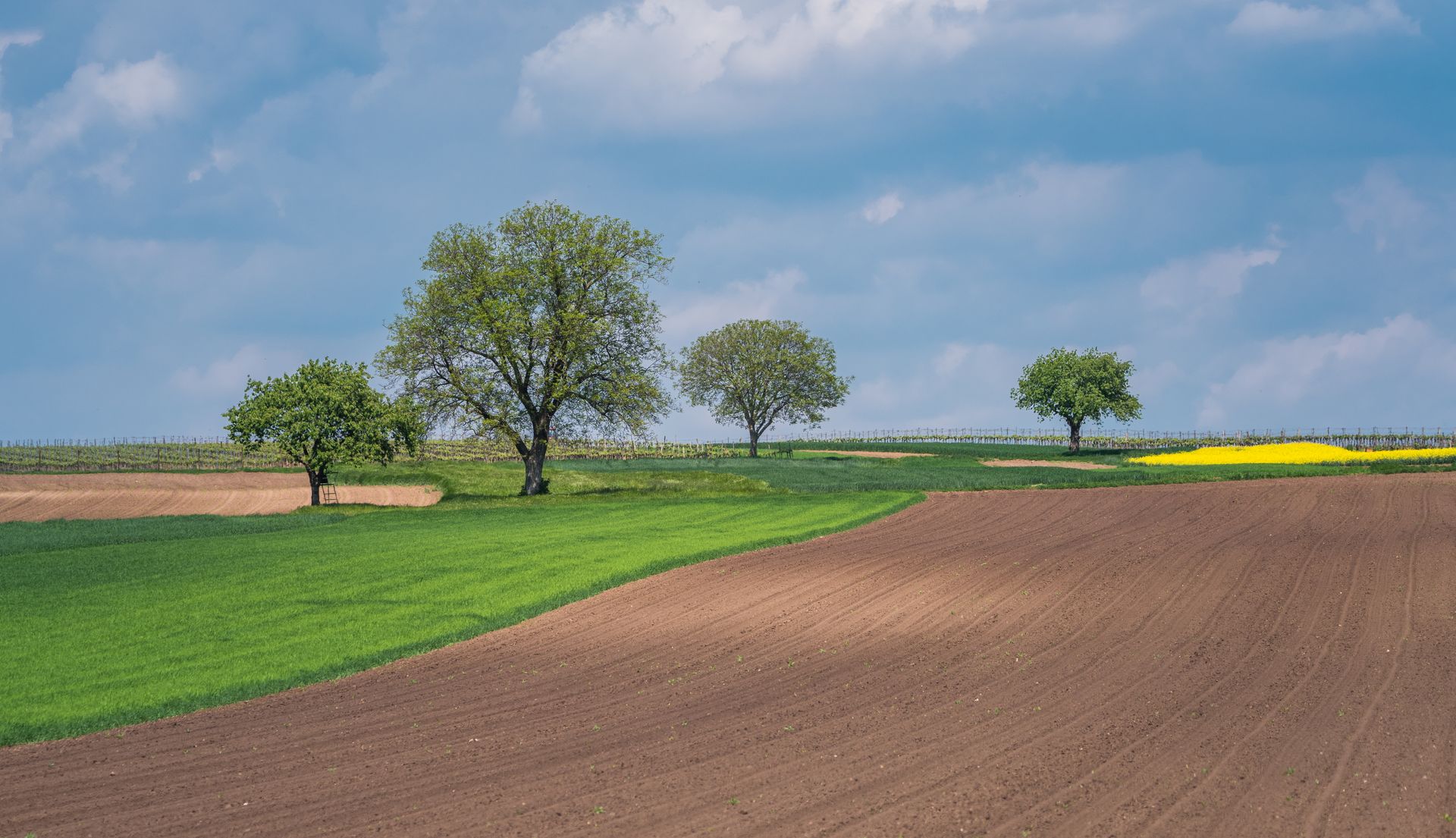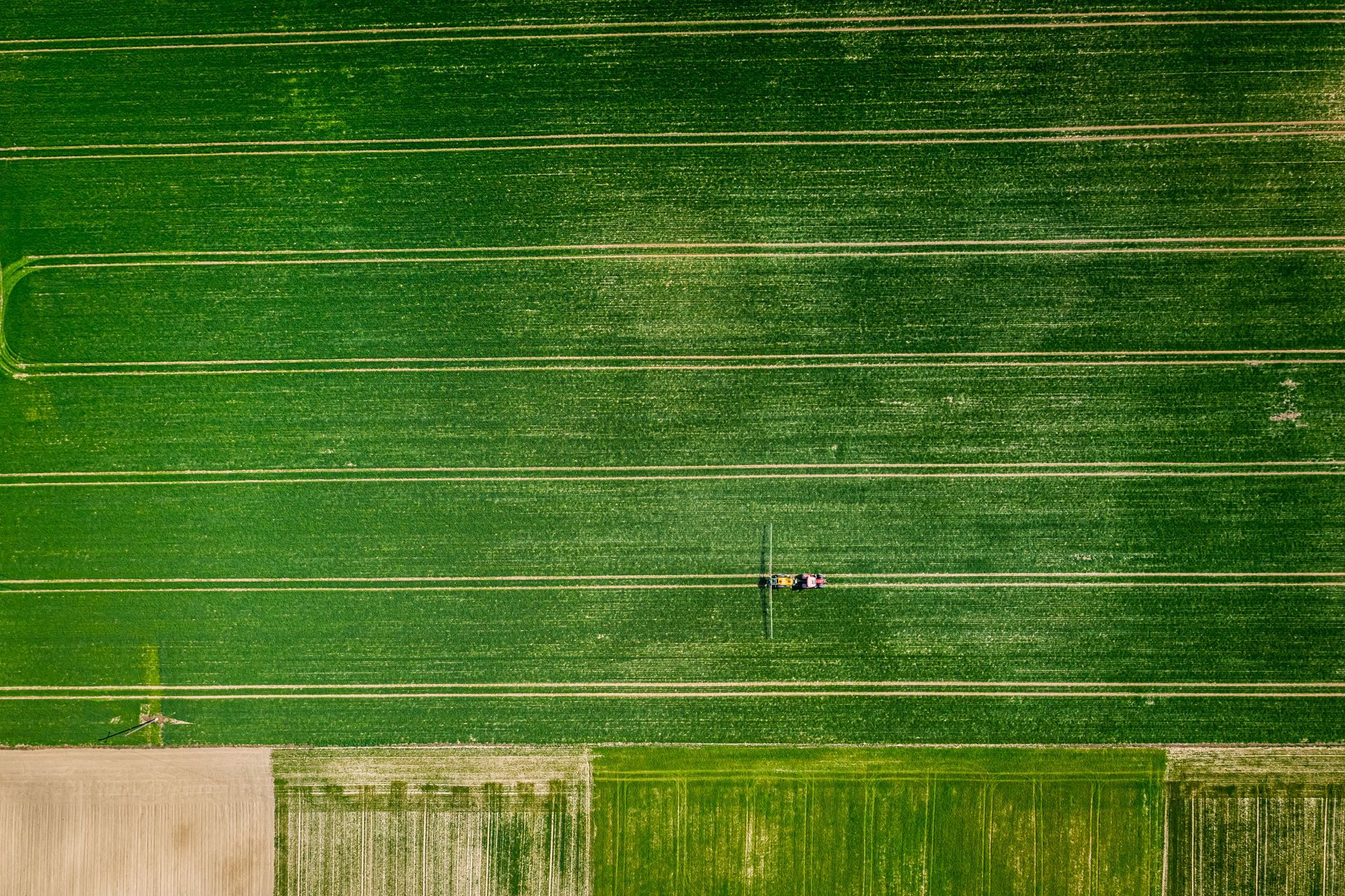By David Garman
•
October 24, 2025
You've heard the benefits of no till farming, and you're considering making the change for your next growing season. You're passionate about preserving soil health, minimizing erosion, and building a more sustainable farm. But you're also concerned about a common challenge: managing water without the benefit of tillage. Richland Micro Drainage is here to address those concerns directly. Our specialized micro drainage for no-till farming provides the perfect solution, allowing you to embrace this sustainable practice with confidence. The No-Till Challenge: Why Drainage Systems Are Critical Without tillage to break up compacted soil layers, water often struggles to penetrate the surface. This can lead to ponding, poor drainage, and an increased risk of erosion during heavy rain events. Traditional drainage methods, like extensive ditching, can disrupt your no-till practices and compromise the very benefits you are trying to achieve. That's why having the right drainage systems for no till agriculture is essential for long-term success. Our Solutions: Drainage Systems for No Till Agriculture Richland Micro Drainage offers no-till farming drainage solutions that work in complete harmony with your practices. We provide minimally invasive methods that preserve the integrity of your no-till fields and the beneficial soil biology you are working to cultivate. Improved Infiltration: Our micro drainage systems create channels for water to bypass compacted layers, allowing for better infiltration and reducing waterlogging. Minimal Disruption: Our installation methods are minimally invasive, preserving the integrity of your no-till fields. This minimizes disturbance to soil structure and beneficial microbial activity. Enhanced Water Control: Micro drainage allows for precise water management, preventing saturation and reducing the risk of erosion. This ensures your crops have access to adequate moisture without the detrimental effects of waterlogging. Overcoming Increased Erosion Risk: Heavy rain events on saturated no-till fields lead to increased erosion, washing away valuable topsoil and nutrients. Micro drainage allows for targeted removal of excess water, preventing saturation and reducing the risk of erosion. The Benefits of No-Till Field Drainage Systems Implementing effective no-till field drainage systems is the key to unlocking the full potential of your farm. With a properly installed micro drainage system, you can: Maintain Your Practices: Our solutions work seamlessly with your no-till farming, promoting water infiltration, minimizing disruption, and reducing erosion risk. Unlock Your Full Potential: Micro drainage helps you overcome water management challenges, allowing you to optimize your practices and maximize your harvest. Sustainable Drainage for Sustainable Agriculture: Micro drainage offers an eco-friendly solution for no-till farmers, promoting soil health and long-term productivity while addressing drainage concerns. Richland Micro Drainage is dedicated to supporting your commitment to sustainable agriculture. We understand the unique needs of no-till farming, and we will work closely with you to design and implement a micro drainage for no-till farming system that enhances your productivity, protects your soil, and contributes to a thriving ecosystem. Take the Next Step Are you ready to embrace no-till farming without the worry of water management? We invite you to explore the resources on our website and contact us today for a personalized consultation. Let us help you achieve optimal drainage, healthier soil, and abundant harvests, all while preserving the integrity of your land.

